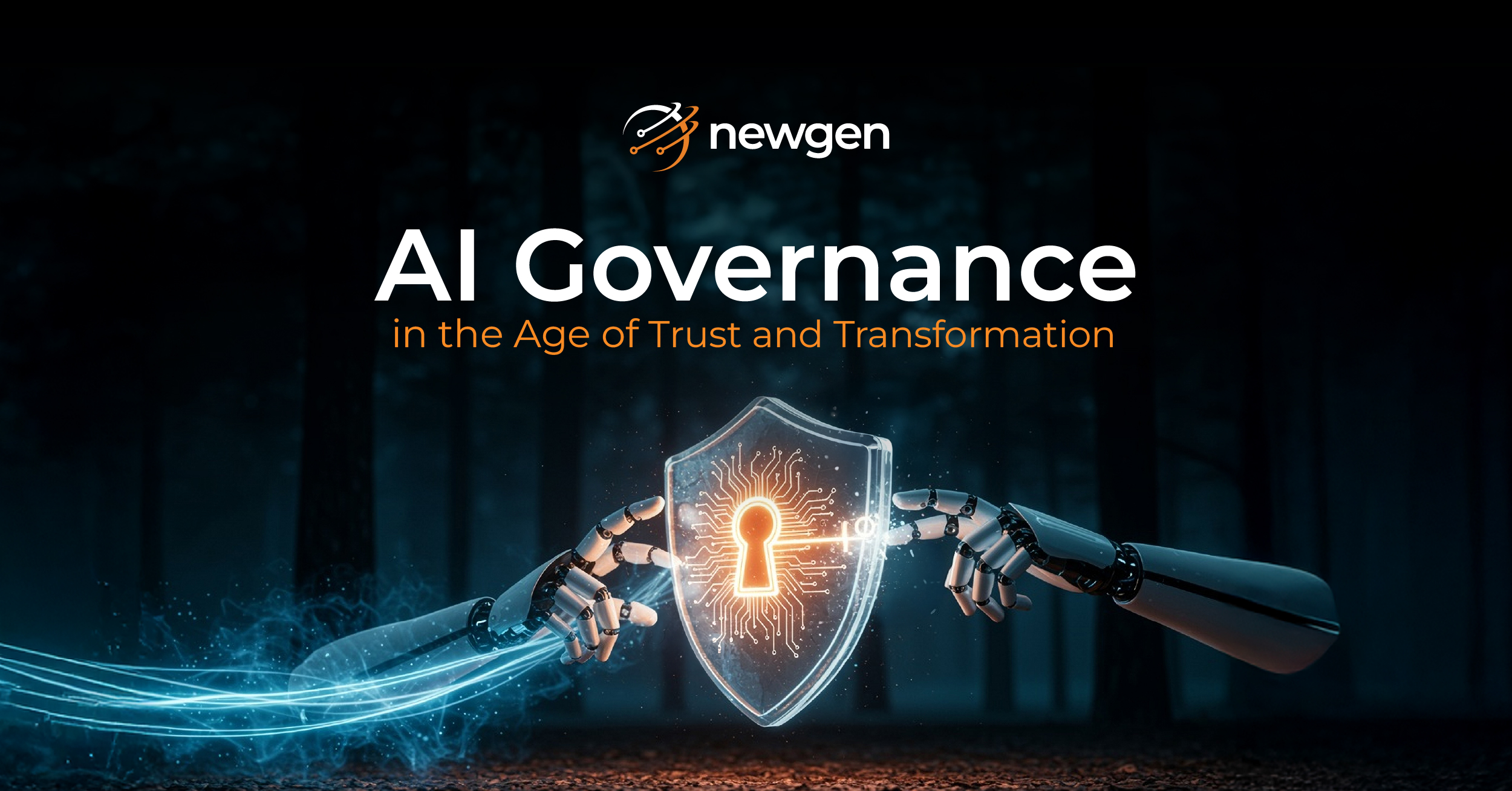For an organization, a merger or acquisition is not just a strategic process. It’s an event, which requires a lot of planning, analysis, and collaboration among stakeholders. Still, 70 to 90% of mergers and acquisitions (M&A) fail*.
The number is quite alarming. Given that each deal is a result of a thought-out strategy with consultants and CXOs working day and night. So, what could be the reason for this high failure rate of mergers and acquisitions?
As per McKinsey, post-merger 50 to 60% of the initiatives intended to capture synergies are strongly related to IT. However, during M&A, IT discussions often get ignored. Organizations need to accept that M&A is not just about financials or long-term business plans, it’s about technology too. And, CIOs play a key role in determining the success of the event.
Integrating IT for Effective Mergers and Acquisitions
As a CIO to get all the systems and processes up and running on day one is a no mean feat. The risk is high, and your team needs to act fast. This requires you to take the front seat and build a technology landscape, ensuring synchronization across organizations. And, to do that you need to address the below 3 challenges:
- Taking Legacy Forward or Building a new Legacy
“75% of an integration effort during a merger or acquisition is determining which systems to keep, what data is important and how much integration is actually needed before the companies are technically joined.”- Stephen N. David, a CIO-100 honoree
With various enterprise-wide IT implementations, you accumulate a multitude of legacy systems and applications. So, post-M&A, you are faced with a task to survive and thrive with legacy and find ways to modernize it.
- Creating a Digital Strategy
Your organization’s digital strategy could be around business transformation, customer-centric innovation or overall business performance. It’s important to set digital goals that you wish to achieve, post a merger or acquisition basis which you would then chart an IT integration roadmap.
- Consolidating Data
To be operational, you need to ensure that employees have access to the business information anytime-anywhere. However, the key here is to ensure information security and compliance.
Business Process Management (BPM) for Mergers & Acquisitions
Another challenge that most of the businesses face is the inability to track strategy-to-outcome across organizations. Using a process platform like BPM with built-in content-centric workflows on cloud can act as a savior and ensure successful M&As. Here’s how BPM ensures a high success rate:
- Business Process Integration
BPM allows you to re-engineer processes, integrate operations and monitor performance.
It makes your work easier by helping you identify which processes are to be eliminated or retained, along with the ones should be combined.
- Continuous Process Improvement
After the M&A, the focus shifts to improving the overall business performance. BPM along with technologies such as social, mobility, and analytics enable omnichannel and contextual engagement, allowing users to do business anytime-anywhere, and driving the process improvement programs.
- Centralized Content-Centric Process Platform on Cloud
Unlike other processes, mergers and acquisitions processes are collaborative, content-centric, and long-running. They require a process platform like BPM with strong content management capabilities that allow for multi-geography enterprise-wide information access and collaboration.
- Platform as a Service for Rapid Creation
In the absence of the right technology solution, your executives have used emails, word, excel, and power points for M&A strategy and planning. By using BPM as a service, you empower employees with the flexibility to easily model workflows and deploy processes. This helps in accommodating a wide range of business applications and maintaining an oversight across processes.
- Decouple Platform Engineering, Governance and Implementation
Key to successful mergers and acquisitions is to decouple engineering from governance and implementation. On-boarding the right technology partner helps you build a platform best-suited for your business needs. While selecting a solution for mergers and acquisitions, it’s important to ensure that it meets your current needs and is scalable to cater to future business requirements.
Business process management (BPM) platform acts as an enabler to make mergers and acquisitions successful and helps CIOs, like you, to proactively assess and address challenges during the process. At Newgen, we aim to help you achieve your goals and reinvent your business through our transformative platforms. Click to know more about our products.
*https://europe.businesschief.com/finance/390/Why-do-up-to-90-of-Mergers-and-Acquisitions-Fail
*https://hbr.org/2011/03/the-big-idea-the-new-ma-playbook
You might be interested in




